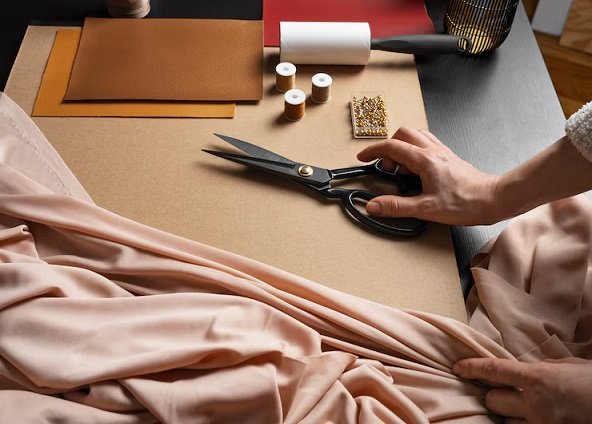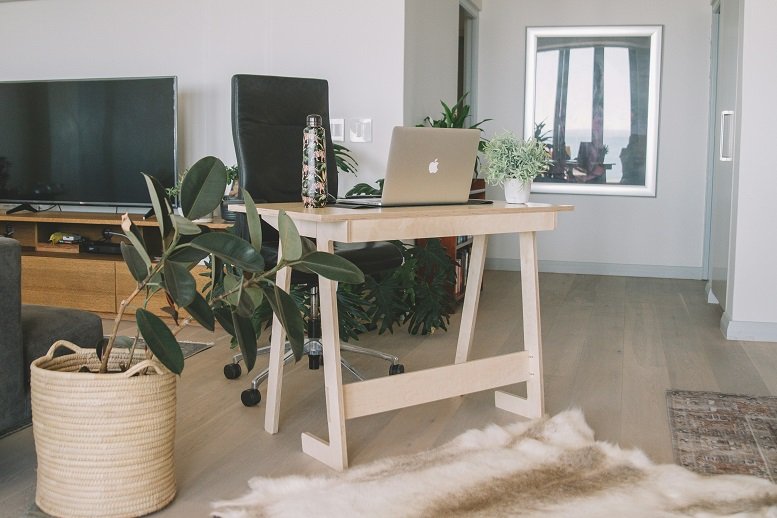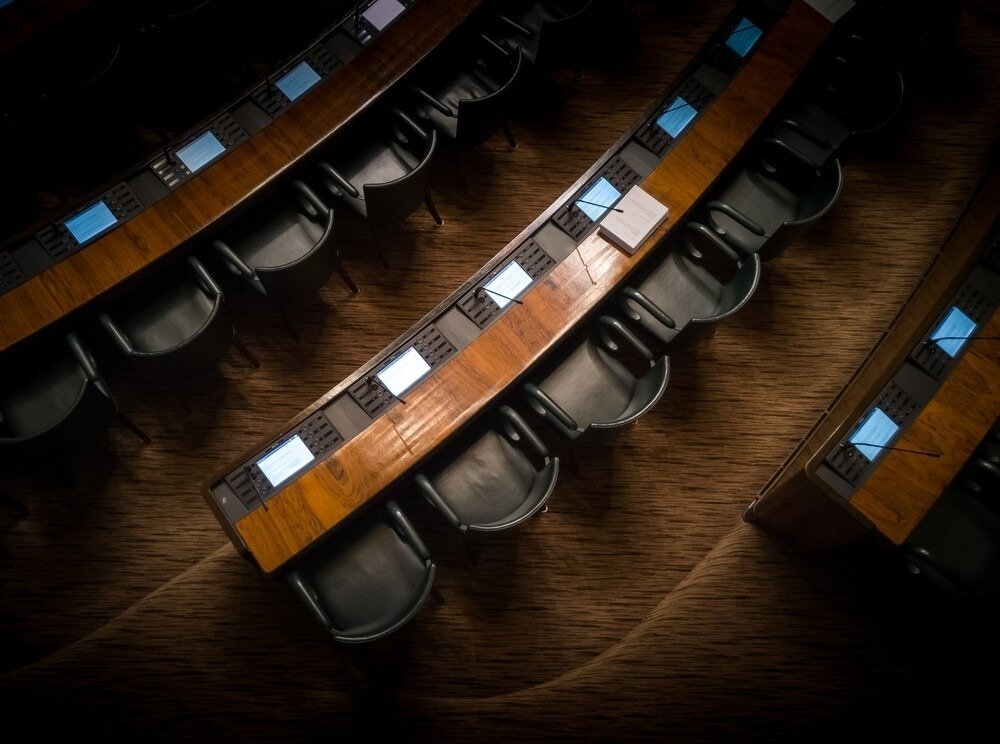Upholstery surfaces expect an earnest part in the style, comfort, and robustness of furniture. After some time, they could require replacement as a result of mileage, changes in style tendencies, or various factors.We should investigate when it’s important to change upholstery fabrics.
Wear and Tear
One of the essential motivations to change upholstery textures is mileage. Everyday use, spills, and rubbing can make textures decay, prompting tears, fraying, or perceptible diminishing. In the event that the texture’s respectability is compromised, it’s the ideal opportunity for a substitution.
Stains and Spills
Obstinate messes and spills can deface the presence of upholstery textures. Regardless of endeavors to clean them, a few stains might become long-lasting or add to a shabby appearance. At the point when messes are inescapable and bring down the general look, supplanting the texture is a suitable arrangement.
Fading and Discoloration
Openness to daylight and ecological elements can make upholstery textures blur or stain over the long run. This can bring about a lopsided appearance or a deficiency of liveliness in the texture’s tone. While blurring becomes recognizable and can’t be cured through cleaning or rebuilding, now is the ideal time to think about supplanting the texture.
Odors and Allergens
Textures can trap scents and allergens over the long haul, particularly in families with pets or smokers. Notwithstanding cleaning endeavors, waiting smells or allergens might continue, influencing indoor air quality and causing inconvenience. In such cases, supplanting the upholstery texture can assist with killing these issues and establish a fresher climate.
Style Refresh
Patterns in inside plan develop over the long haul, and what was once popular may now seem obsolete. Changing upholstery textures offers a chance to revive the vibe of furniture and adjust it to current styles and inclinations. Whether picking another variety, example, or surface, refreshing the texture can revive old furniture pieces.
Structural Changes
In some cases, structural changes to furniture may necessitate replacing the upholstery fabric. This could incorporate resizing or reshaping pads, adjusting the edge, or reupholstering to oblige fixes or changes. Picking new texture during these progressions considers customization and guarantees a firm stylish.
Damage Beyond Repair
At the point when upholstery texture supports huge harm, like enormous tears, broad staining, or unsalvageable underlying issues, endeavoring to fix it may not be possible or financially savvy. In such occasions, supplanting the texture completely gives a more sturdy and outwardly engaging arrangement.
Personal Preferences
At last, individual inclinations assume a critical part in choosing when to change upholstery textures. Whether looking for an alternate surface, texture type, or by and large look, supplanting the texture permits people to redo their furniture to more readily suit their preferences and way of life.
Conclusion
Upholstery textures ought to be changed when they display indications of mileage, stains, blurring, smells, or allergens that can’t cured through clean. Moreover, style inclinations, underlying changes, and individual inclinations are factors that might warrant texture substitution. By perceiving these markers, people can keep up with the magnificence and usefulness of their furniture into the indefinite future.

















